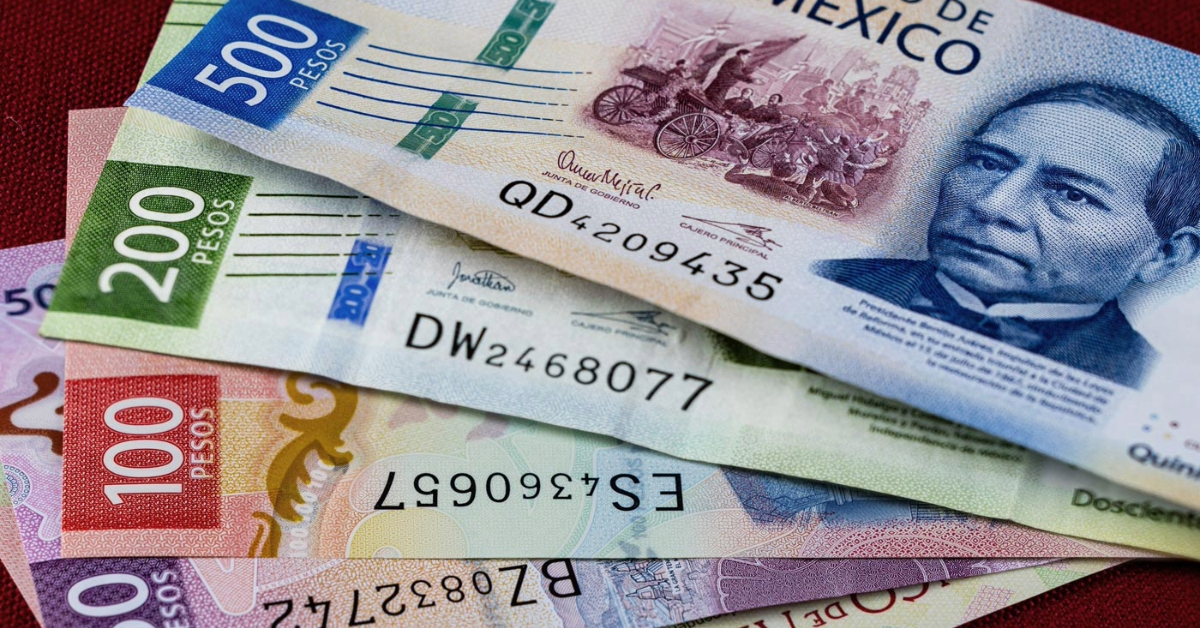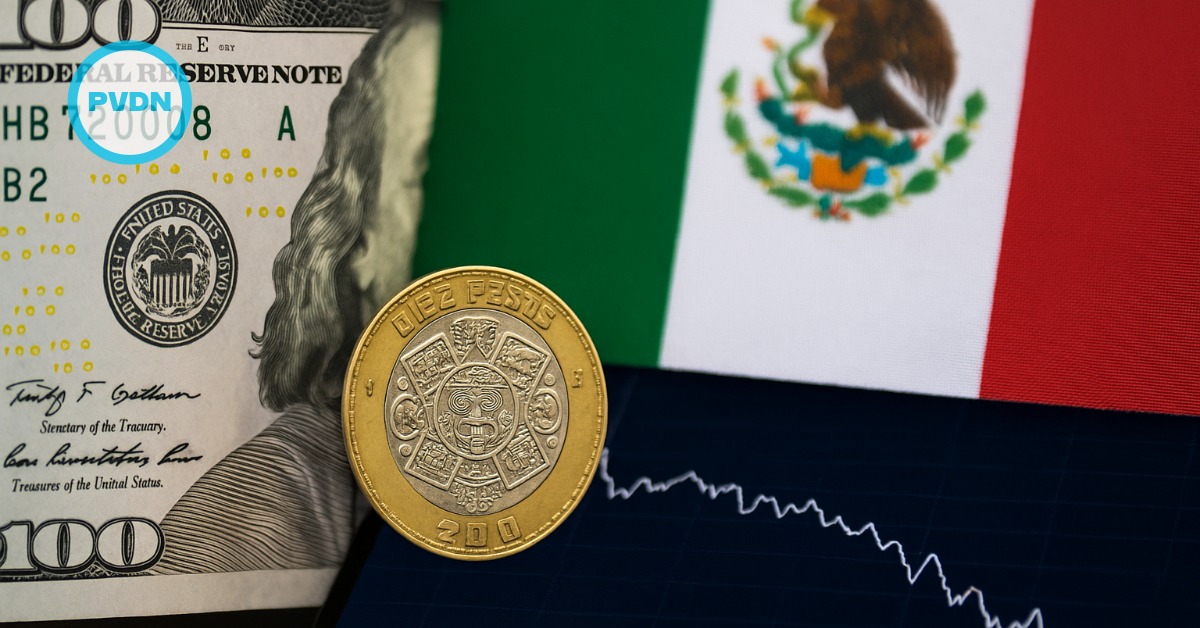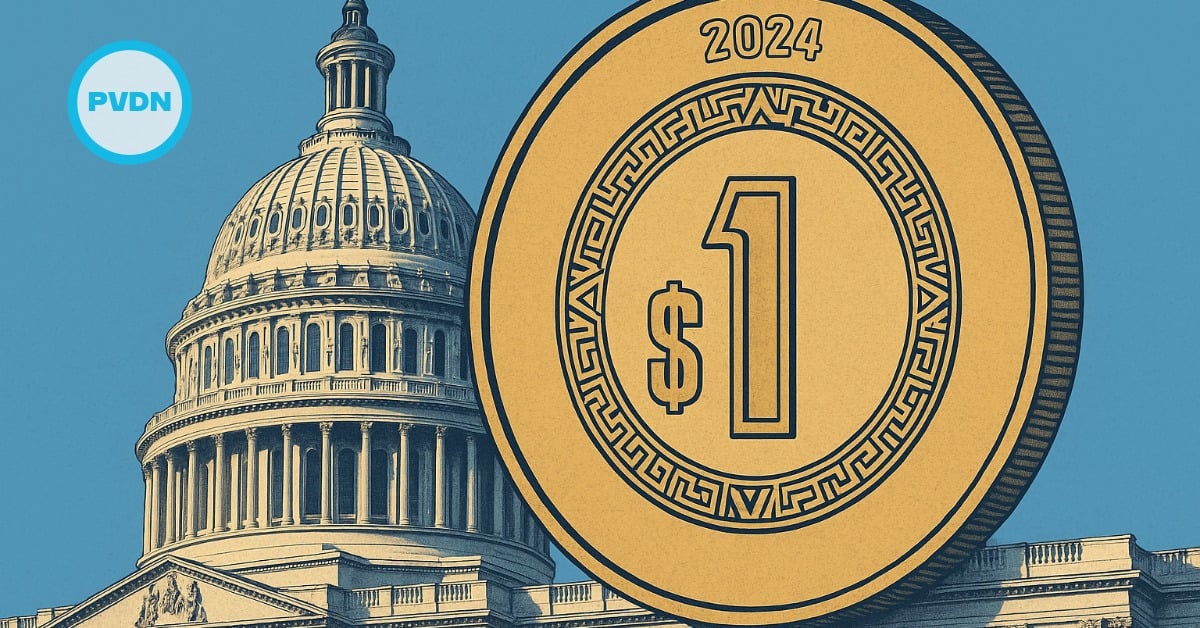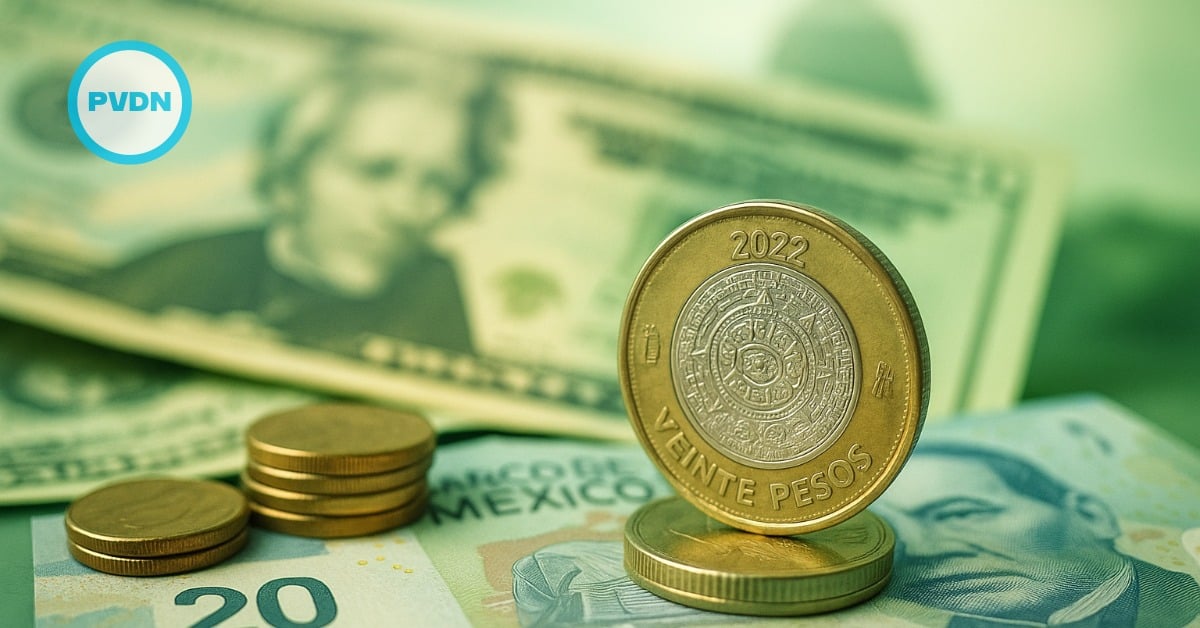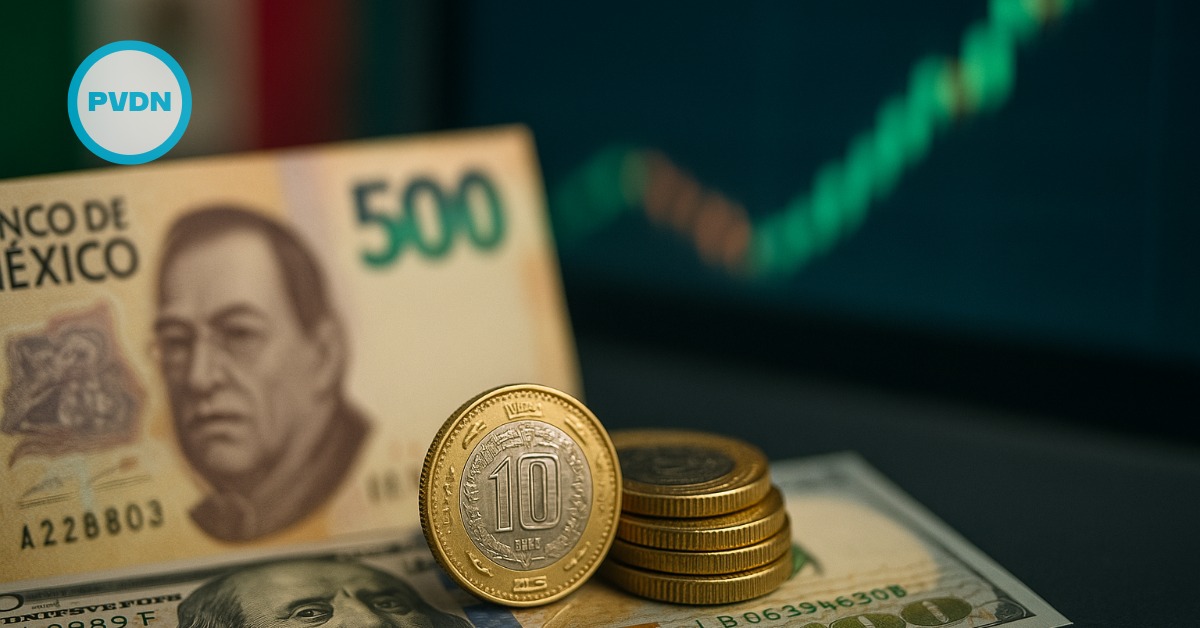Puerto Vallarta, Mexico - Tariffs on Mexico and Canada were never a serious proposal, but the threats still move markets. The Mexican peso closed the day with notable gains against the U.S. dollar after President Donald Trump announced that a new 25% tariff on imports from Mexico and Canada would not take effect until April 2, the same tariff that was promised for February 1, 2025. Markets quickly reacted to the postponement, interpreting it as a temporary reprieve that buoyed investor confidence in the Mexican currency.
